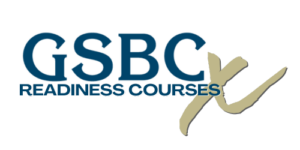
5 Class Hours
Instructor: Tim Ohlde
Why this course is important:
The saying “The world is a small place” is more relevant now than ever in U.S. agriculture! This course will take a global view of critical economic factors, with a focus on the energy sector, and demonstrate the interconnection between them and the agriculture industry. Students will learn how to apply international economic knowledge to their loan portfolio and communicate key information to the bank’s management team and board of directors.
This class will take a world view of the opportunities and challenges in the energy industry, and what it means for ag producers, communities, and portfolios. Participants will explore energy and monetary policy tools and look at demographics in developed and developing countries and their impact on GDP.
Students will learn about the history and current international drivers of energy economics and the significance of major world-wide energy players. This includes reviewing the Paris Accord and the evolving dynamics between agriculture and the finance industry.
We will review 40 years of Federal Reserve history and how evolving monetary policy tools have impacted the national economy and how different cycles have affected agriculture and rural communities.
Key takeaways of this course:
- Understand the connection between the agricultural and energy industries and its impact on ag lending
- Interpret how international economic factors influence agricultural credits and borrower performance
- Identify key players and trends in the energy economy, including the shift toward green energy
- Recognize opportunities and challenges for ag producers and lenders in a changing energy landscape
- Apply knowledge of Federal Reserve history and tools to manage ag portfolios across interest rate cycles
Annual School Session
Third Year Readiness Elective
Competency: Lending
